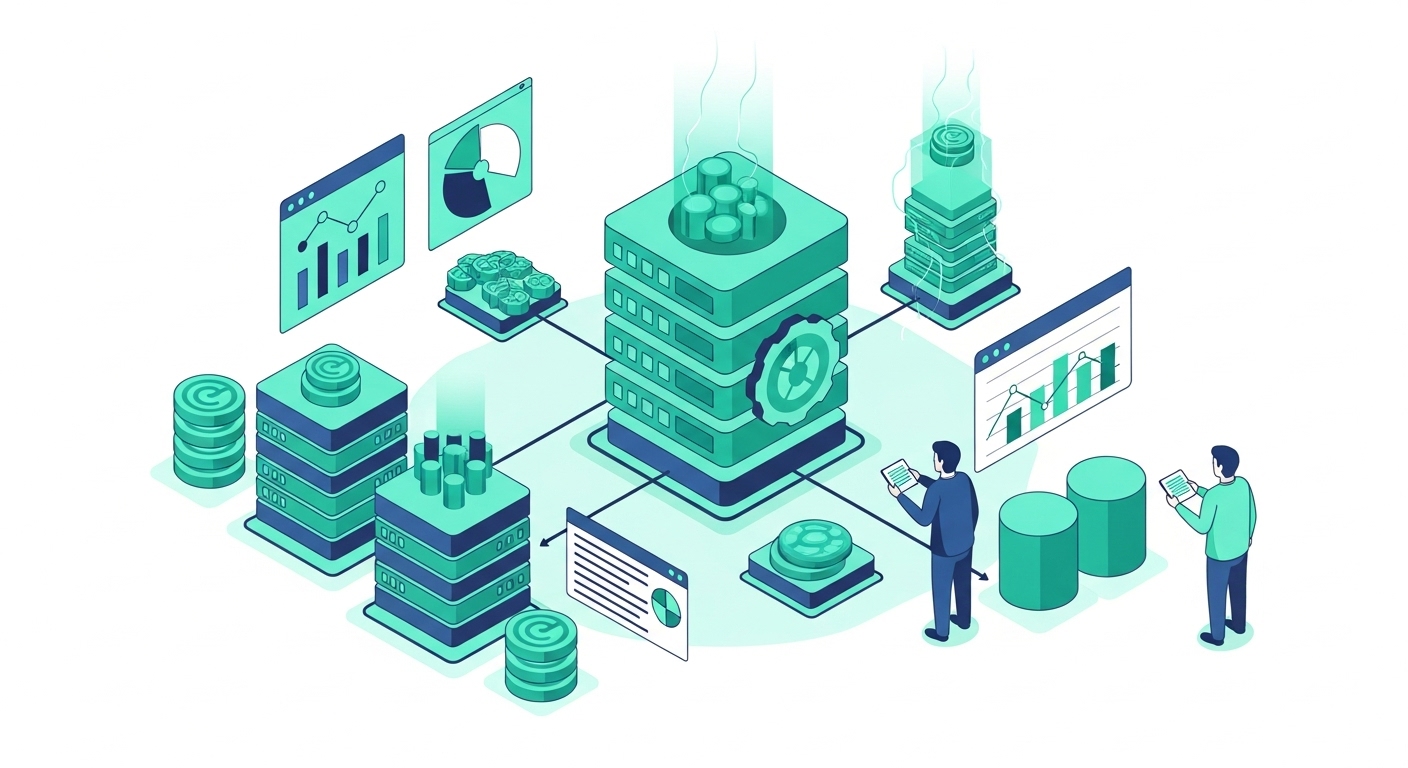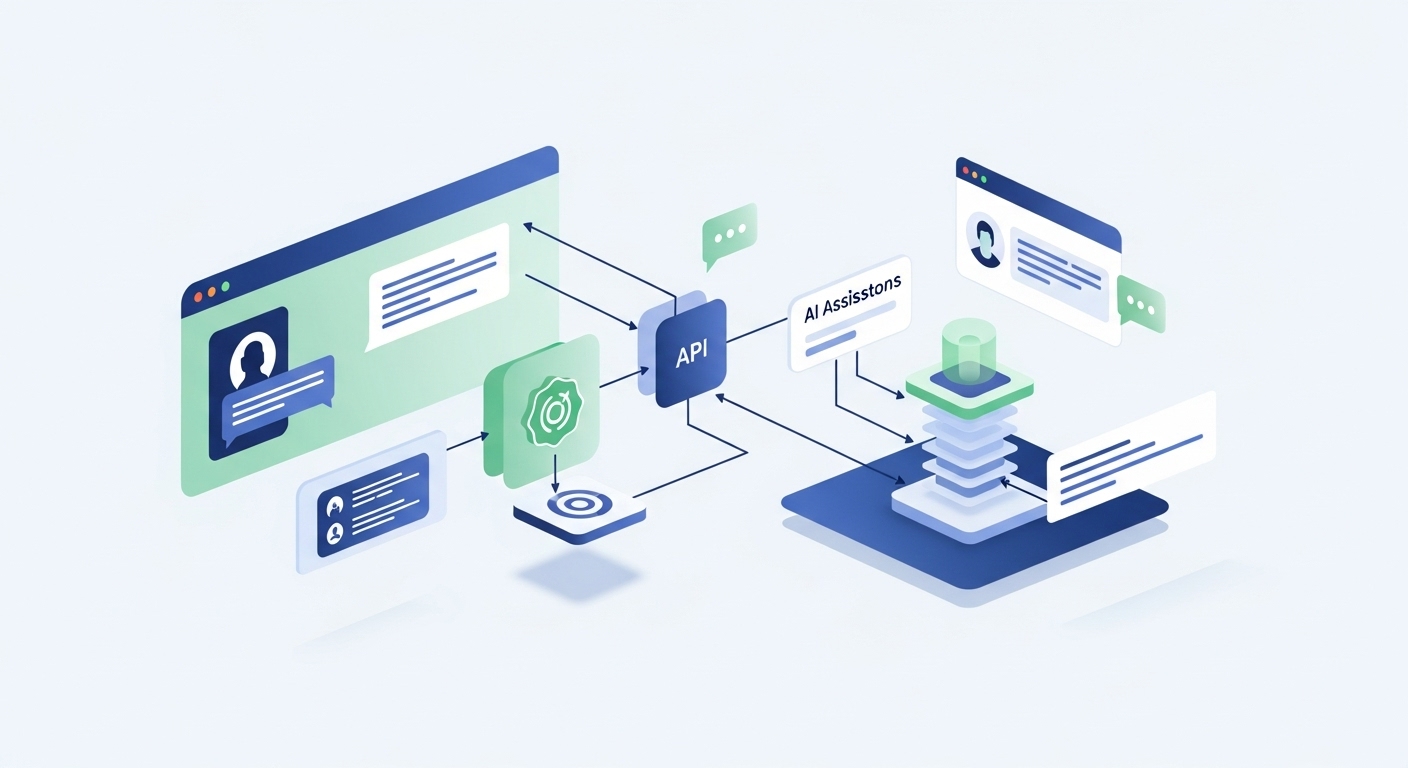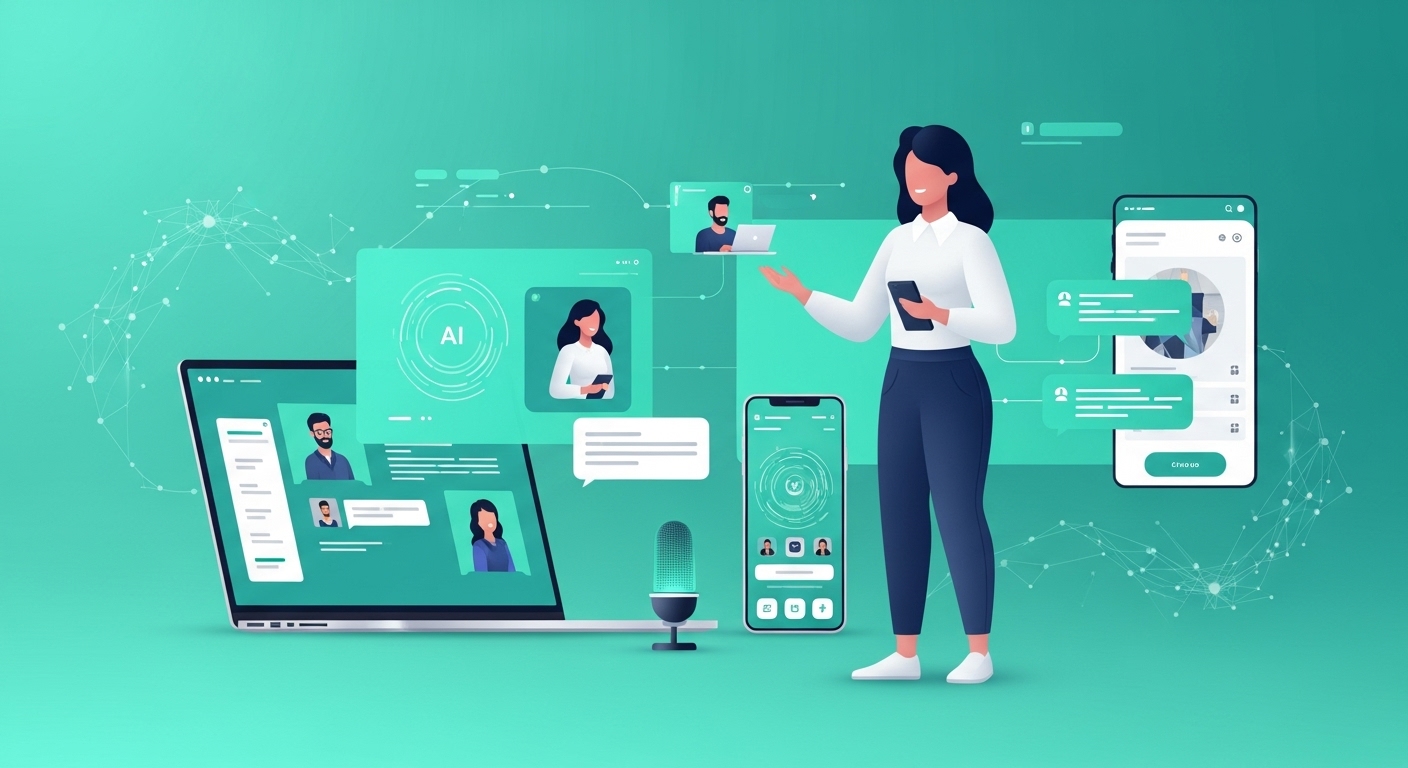What is data mining and why does it matter?
Data mining is the process of analyzing large volumes of information to uncover patterns, correlations, and behaviors that aren’t immediately obvious. Unlike basic queries or reports, data mining digs deeper—it uncovers actionable insights to anticipate future outcomes, support better decisions, and solve complex problems more accurately.

Also known as knowledge discovery in databases (KDD), data mining relies on machine learning algorithms, statistical methods, and predictive modeling. The goal isn’t just to understand what happened, but to forecast what could happen and recommend how to respond.
For organizations that handle massive amounts of data—such as banks, retailers, insurers, or energy companies—data mining has become a key competitive advantage.
Big data and data mining: how are they connected?
Although they’re often mentioned together, big data and data mining serve different roles within the analytics ecosystem.
Big data refers to the technologies and systems that enable organizations to store, process, and manage vast amounts of structured and unstructured data. It’s the technical foundation that makes large-scale information analysis possible.
Data mining enters the picture once the data is ready to be analyzed. It involves applying analytical models and algorithms to uncover hidden patterns, trends, or behaviors. For example, a retail chain may use big data to log millions of purchases, but it’s data mining that reveals which products are often bought together or which customers show signs of leaving.
Both disciplines work hand in hand: without big data infrastructure, mining wouldn’t be scalable; without data mining, raw data would remain underutilized.
The data mining process step by step
Effectively applying data mining involves a structured process that combines business insight with analytical power. These are the key stages:
Defining the business problem
It all begins with understanding the goal. Are you trying to reduce customer churn? Predict failures on a production line? Optimize resource allocation? Without a clear objective, the analysis lacks direction.
Selecting relevant data
It’s not about using all available data, but choosing the most relevant information to answer the specific question. Smart selection improves efficiency and accuracy.
Preparing the data
This step is essential—and often the most labor-intensive. It includes cleaning the data, fixing inconsistencies, unifying formats, handling missing values, and removing duplicates. Poor data preparation leads to unreliable results.
Modeling and pattern discovery
This is where data mining comes to life. Depending on the objective, techniques like classification, clustering, or association rule analysis are applied. For instance, a model might predict which customers are most likely to respond to a specific campaign.
Evaluating and interpreting results
Finding patterns isn’t enough. Results must be interpreted within the business context, validated by experts, and translated into actions. Data visualization and collaboration with cross-functional teams are crucial at this stage.
Popular data mining techniques
The right technique depends on the data and the question being answered. Some of the most widely used include:
- Association rules – Identify elements that often appear together, useful for market basket analysis.
- Classification – Assigns items to predefined categories (e.g., high- or low-risk clients).
- Clustering – Groups similar items without predefined categories.
- Decision trees – Support decision-making through clear, rule-based flows.
- Neural networks – Mimic human brain processes and are ideal for highly complex scenarios.
- Predictive analytics – Use historical data to model and forecast future behavior.
- Regression analysis – Reveals mathematical relationships between variables to predict numerical outcomes.
Business applications across industries
Data mining has wide-reaching use cases across many sectors. Here are a few examples:
- Banking – Used to detect fraud in real time, improve credit models, and personalize financial services.
- Retail – Helps businesses better understand their customers, optimize product placement, and forecast demand more accurately.
- Healthcare – Supports disease diagnosis, outbreak prediction, and treatment personalization—improving both efficiency and clinical outcomes.
- Energy – Companies like Repsol use data mining to optimize production, predict equipment failures, and reduce operational risk through advanced models like XDM (eXtreme Data Mining).
- Human resources – Helps detect turnover patterns, identify underperformance, and improve recruitment and training processes.
Strategic benefits of data mining
When implemented correctly, data mining is not just an efficiency booster—it becomes a true driver of innovation and competitive differentiation:
- Enables evidence-based decision-making, reducing uncertainty.
- Streamlines internal processes, saving time and costs.
- Strengthens customer relationships by enabling personalized experiences.
- Identifies new business opportunities before competitors.
- Mitigates risks through early detection of anomalies or unusual behaviors.
- Increases agility by anticipating changes in the market environment.
Risks and challenges to keep in mind
Like any powerful tool, data mining comes with its challenges:
- Data quality – Results are only as good as the data. Incomplete or poorly structured data leads to unreliable conclusions.
- Misinterpreting patterns – Not every correlation implies causation. It's easy to mistake coincidence for insight.
- Operational cost – Both technology and skilled talent require investment to build effective data mining initiatives.
- Privacy and ethics – Especially in sectors like healthcare or finance, it’s critical to comply with legal and ethical data use standards.
A key enabler for data-driven leadership
Data mining has evolved into a strategic asset for any organization aiming to shift from simply storing information to managing knowledge. It’s no longer just about analyzing the past—it’s about leveraging that insight to anticipate, adapt, and lead.
Companies that integrate data mining into their operations become more agile, more efficient, and more relevant in a fast-changing business landscape.
Ready to turn your data into strategic decisions?
At 2Brains, we combine deep analytical expertise with a strong understanding of business challenges. We help organizations design data mining solutions that deliver measurable value from day one.
Let’s talk about your goals and how we can help you turn data into a sustainable competitive advantage.


